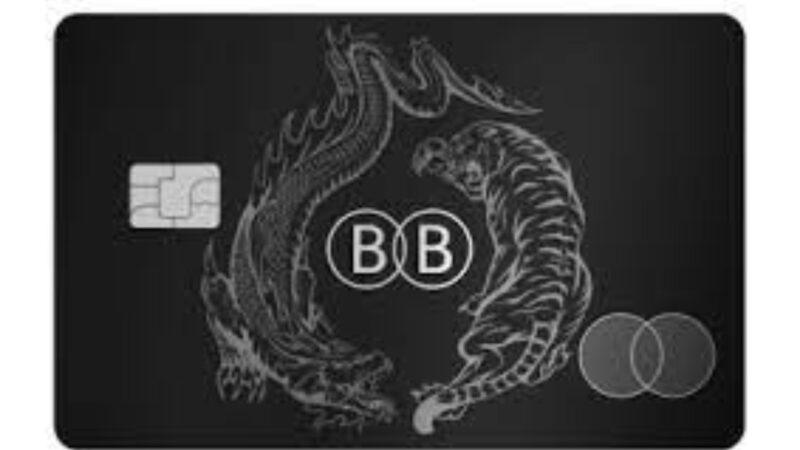How To Monetary Flexibility Gold Credits

Monetary flexibility is crucial for economic stability and growth. In this guide, we explore the concept of gold credits and how they can be used to enhance monetary flexibility. Gold has been a symbol of wealth and value for centuries, and incorporating it into modern monetary systems can provide stability and confidence in times of economic uncertainty.

Chapter 1: Understanding Gold Credits
1.1 What Are Gold Credits?
– Gold credits are a form of currency backed by physical gold reserves. Each unit of gold credit represents a specific amount of gold.
1.2 The Historical Context
– Gold has a long history as a store of value and medium of exchange. Understanding its historical significance in monetary systems can provide insights into its potential role today.
Chapter 2: Benefits of Gold Credits
2.1 Stability and Confidence
– Gold-backed currencies are less susceptible to inflation and currency devaluation, providing economic stability and confidence to investors and the public.
2.2 Diversification
Including gold credits in a monetary system can diversify the currency portfolio, reducing dependency on a single currency or asset.
2.3 Protection Against Economic Crises
Gold credits can act as a hedge against economic crises, offering a safe haven for wealth preservation during turbulent times.
Chapter 3: Implementing Gold Credits
3.1 Establishing Reserves
Central banks or monetary authorities must acquire and maintain adequate gold reserves to back the issuance of gold credits.
3.2 Exchange Rate Mechanisms
– Designing a flexible exchange rate mechanism that allows for the conversion of gold credits into other currencies is essential for their widespread use.
3.3 Regulation and Oversight
– Implementing robust regulatory frameworks and oversight mechanisms to prevent fraud and ensure the integrity of the gold credit system.
Chapter 4: Challenges and Considerations

4.1 Price Volatility
– The value of gold can be volatile, which can pose challenges in determining the exchange rate and managing reserves effectively.
4.2 International Cooperation
– Coordinating with other countries and international organizations is crucial for the successful implementation of gold credits on a global scale.
4.3 Public Perception
– Building public trust and confidence in gold credits requires effective communication and education about their benefits and safeguards.
Chapter 5: Case Studies
5.1 Historical Examples
– Examining past instances of gold-backed currencies and their impact on economic stability.
5.2 Contemporary Applications
– Exploring how some countries and regions are currently using gold credits or considering their adoption.
Chapter 6: Conclusion
6.1 The Future of Gold Credits
– Discussing the potential role of gold credits in a modern, globally interconnected financial system and their contribution to monetary flexibility.
6.2 Final Thoughts
– Summarizing the key takeaways from this guide and emphasizing the importance of considering gold credits as a tool for enhancing monetary flexibility.
Incorporating gold credits into a monetary system is a complex endeavor that requires careful planning, international cooperation, and ongoing management. However, when executed effectively, gold credits can provide an additional layer of stability and confidence in the global financial landscape. This guide serves as a starting point for policymakers, economists, and financial experts to explore the potential benefits and challenges of utilizing gold credits as a means of achieving monetary flexibility.






